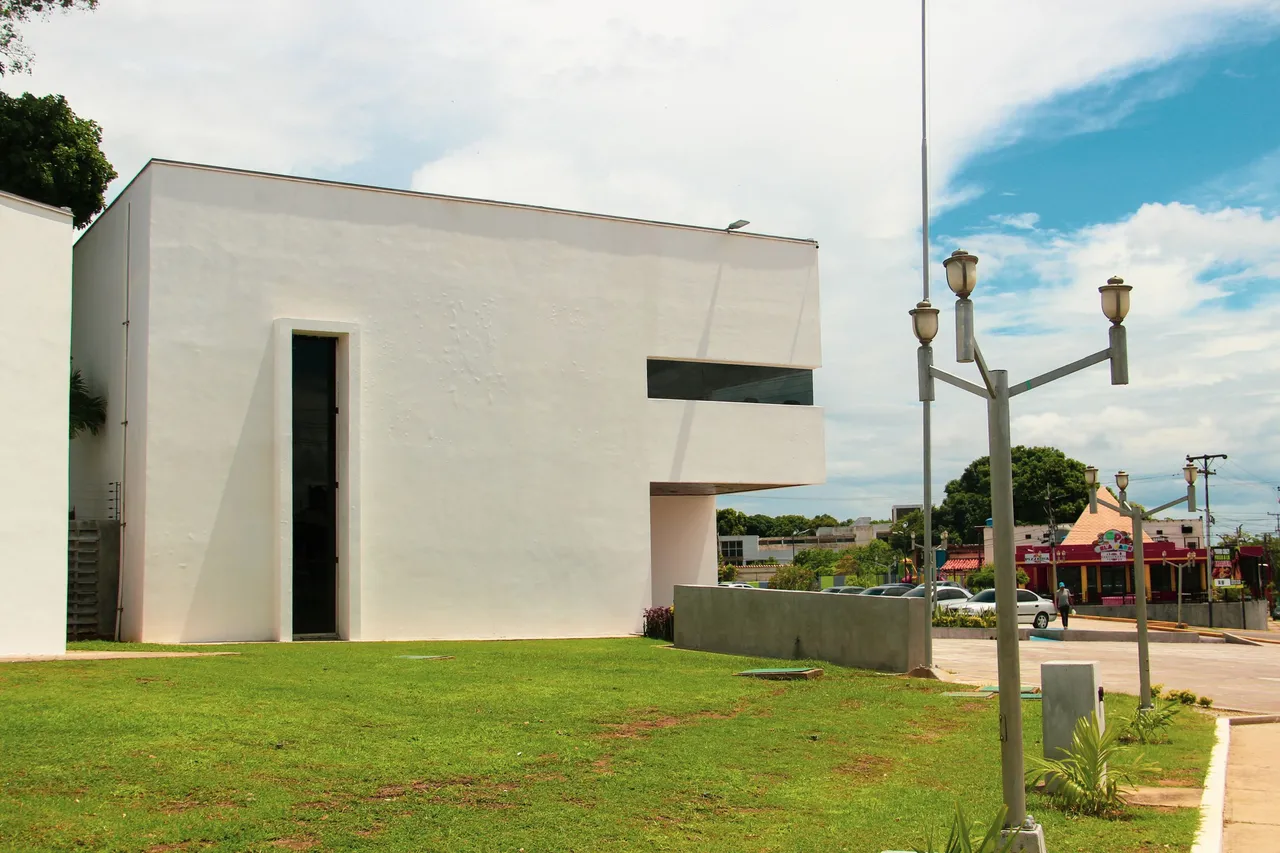
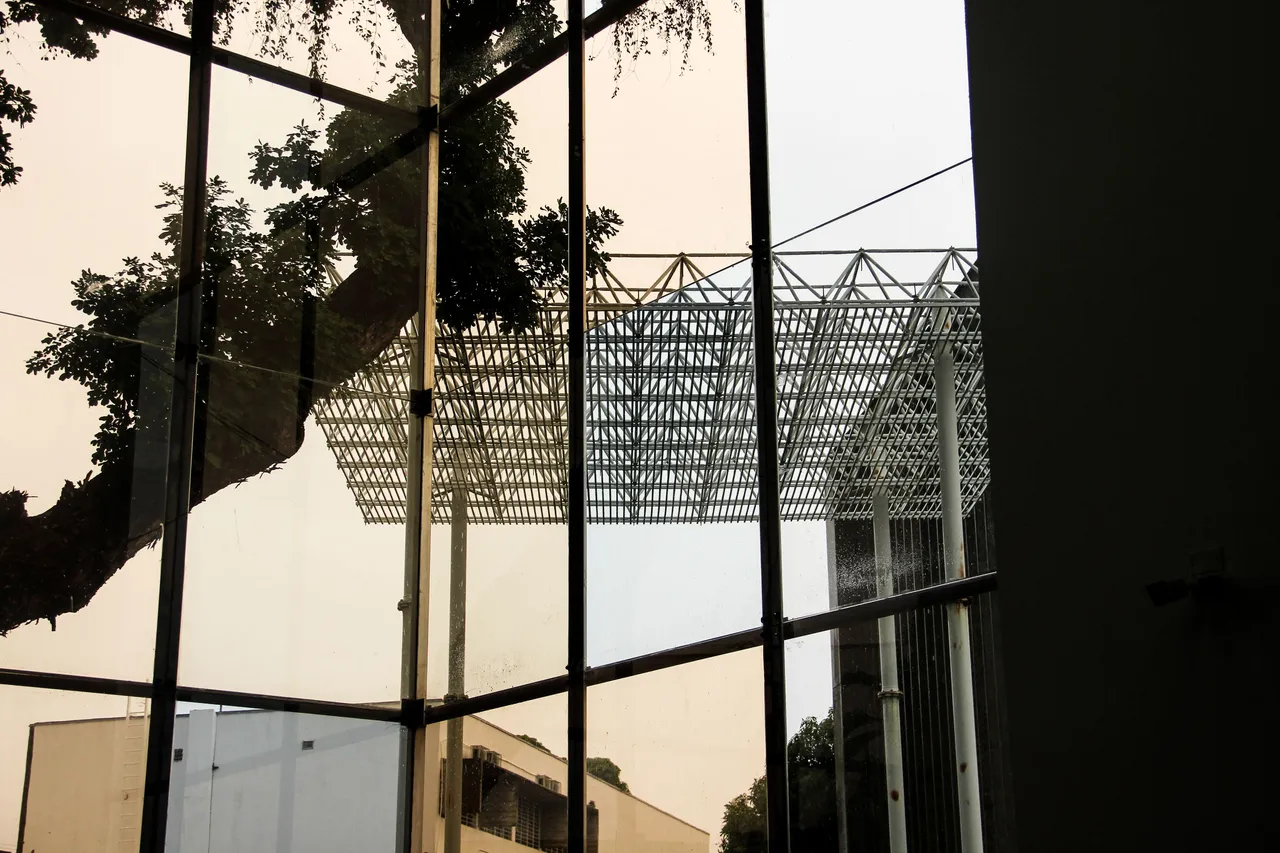
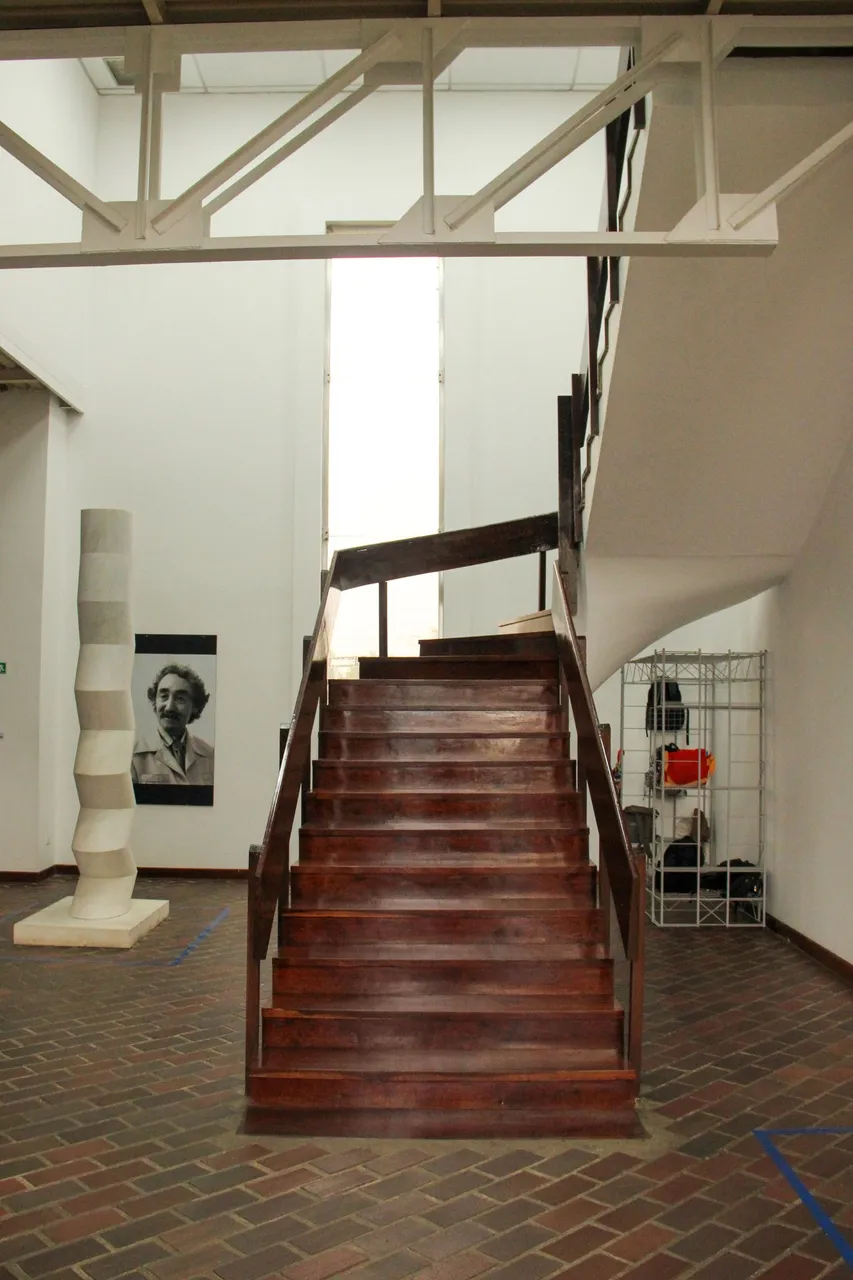
This weekend, I finally managed to visit the Jesús Soto Museum of Modern Art, located in Ciudad Bolívar, the capital of Bolívar State, Venezuela. For years, I'd been meaning to visit this important space, which had been closed for several years for maintenance. This year, precisely to celebrate the birthday of Venezuelan artist Jesús Soto, the museum reopened. That's why I told my wife, who loves art, the simple thought of visiting this museum.
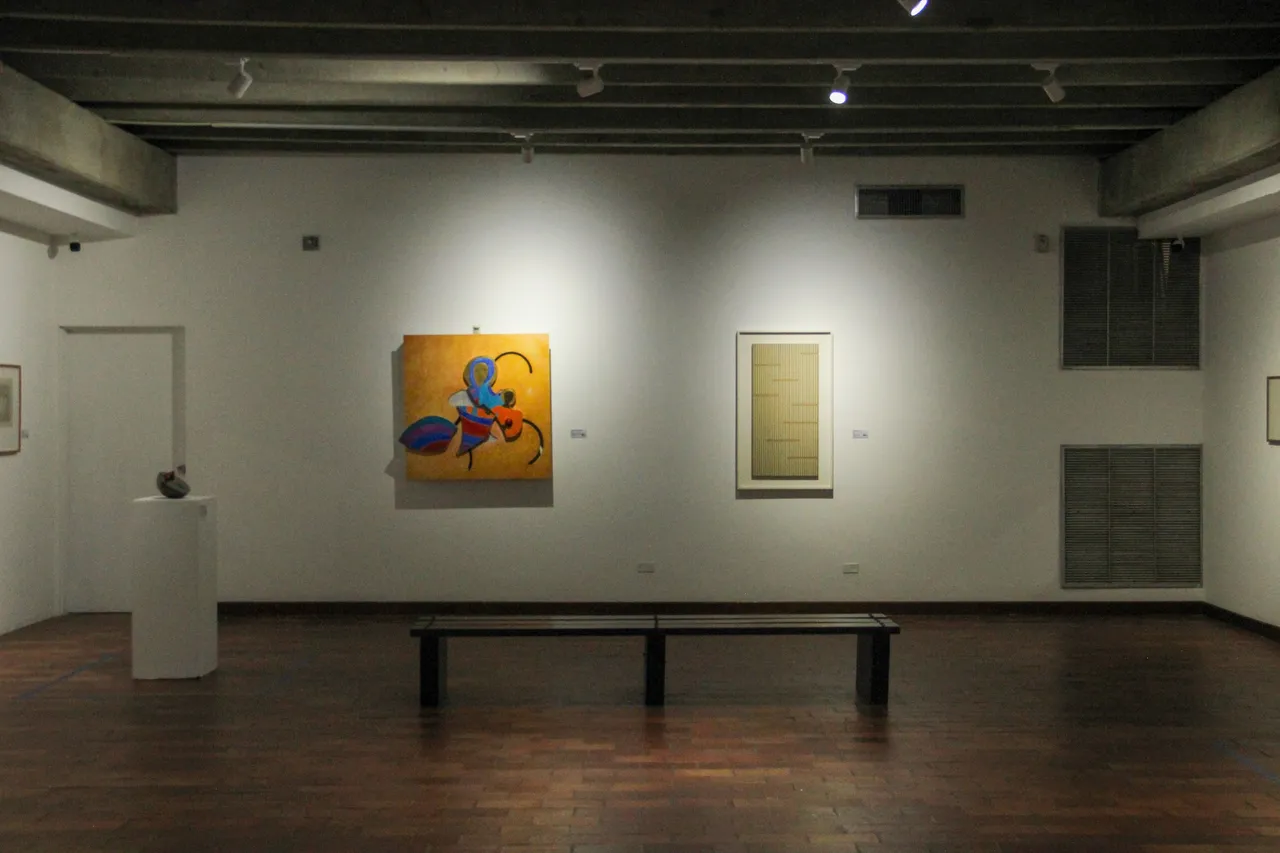
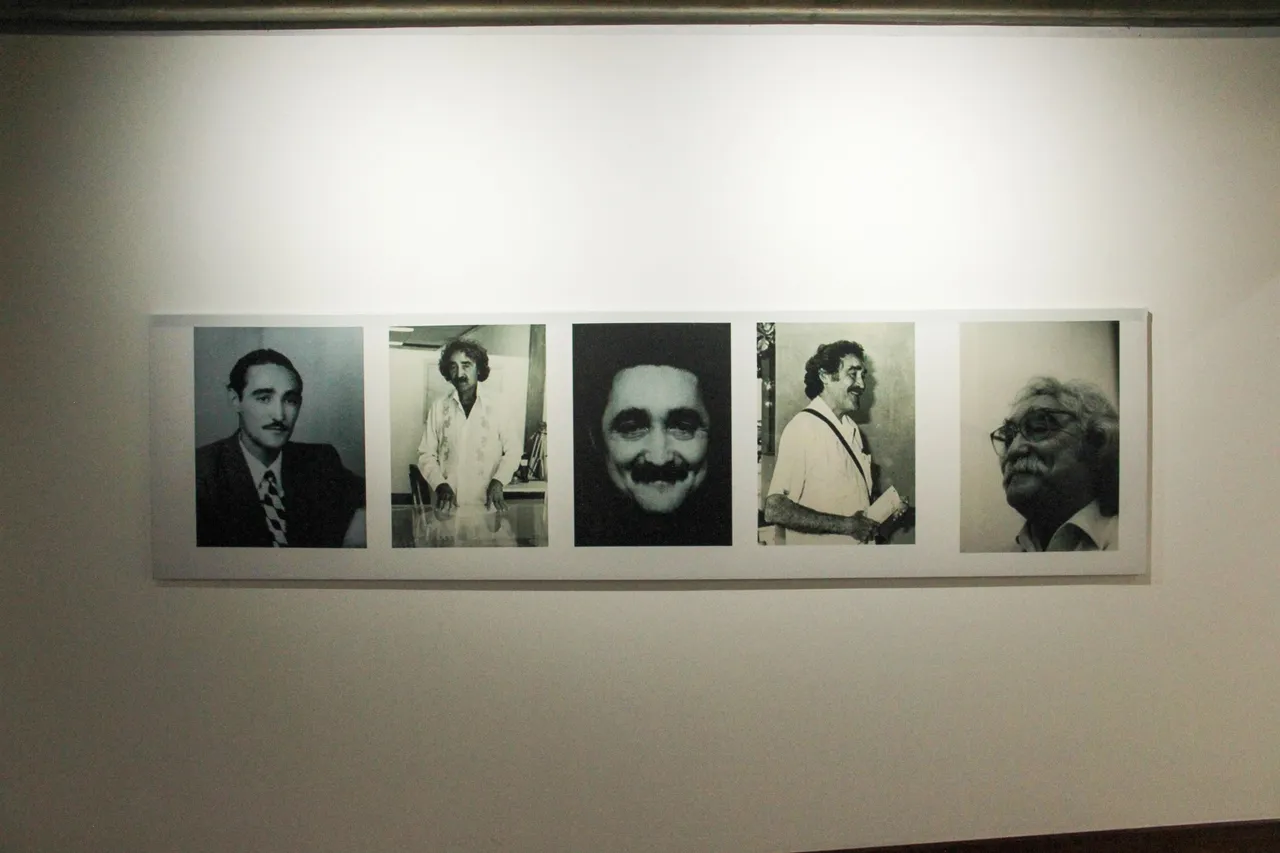
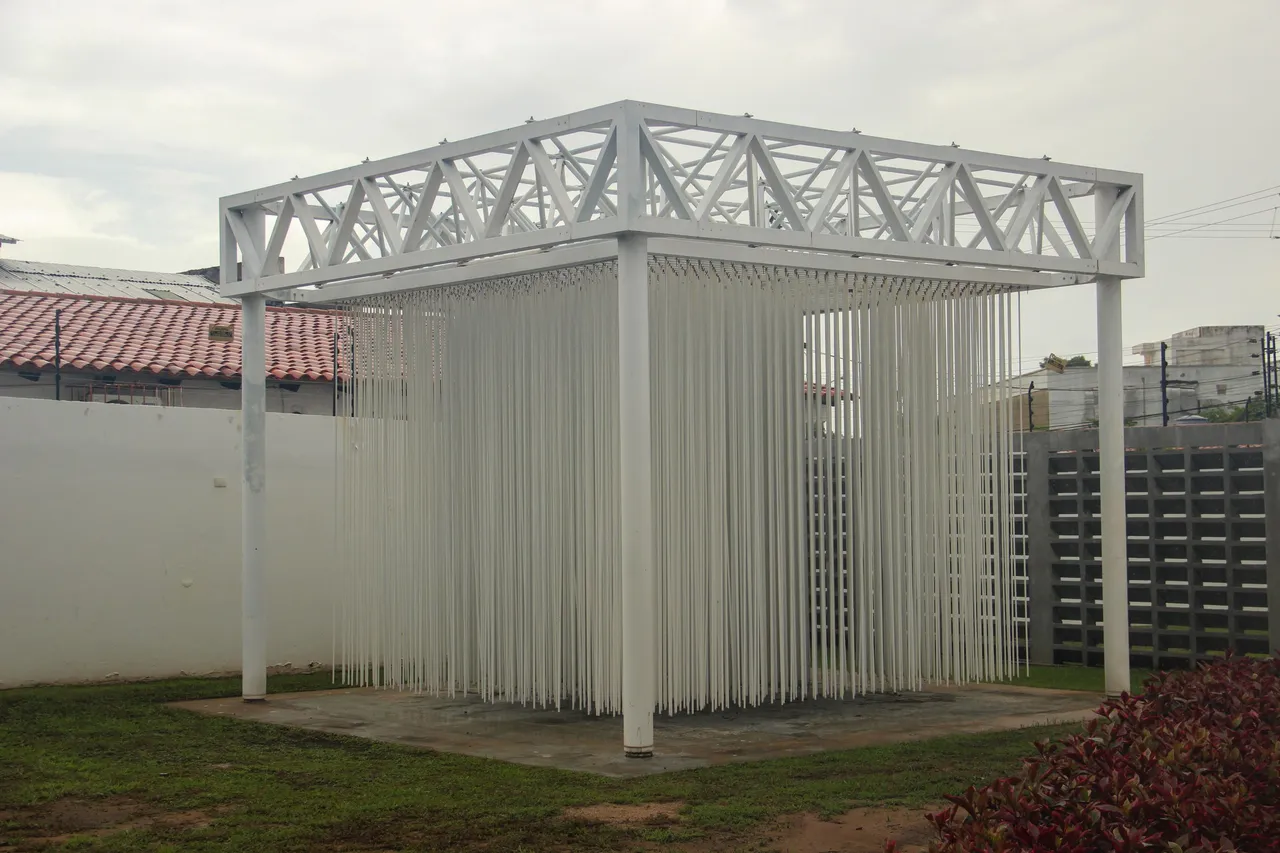
So last Saturday we took a bus to Ciudad Bolívar, which is about an hour from Puerto Ordaz, the city where we currently live. Then, when we arrived at the entrance to the city where they hold the first prayer before reaching the terminal, we got off to take a 15-minute walk to the museum, which is located between the historic center of the city and a more modern part of the city. So, in reality, the most important places to visit in Ciudad Bolívar, including museums and other attractions, are relatively close enough to walk, although that day it was a bit more difficult due to the rainy weather.
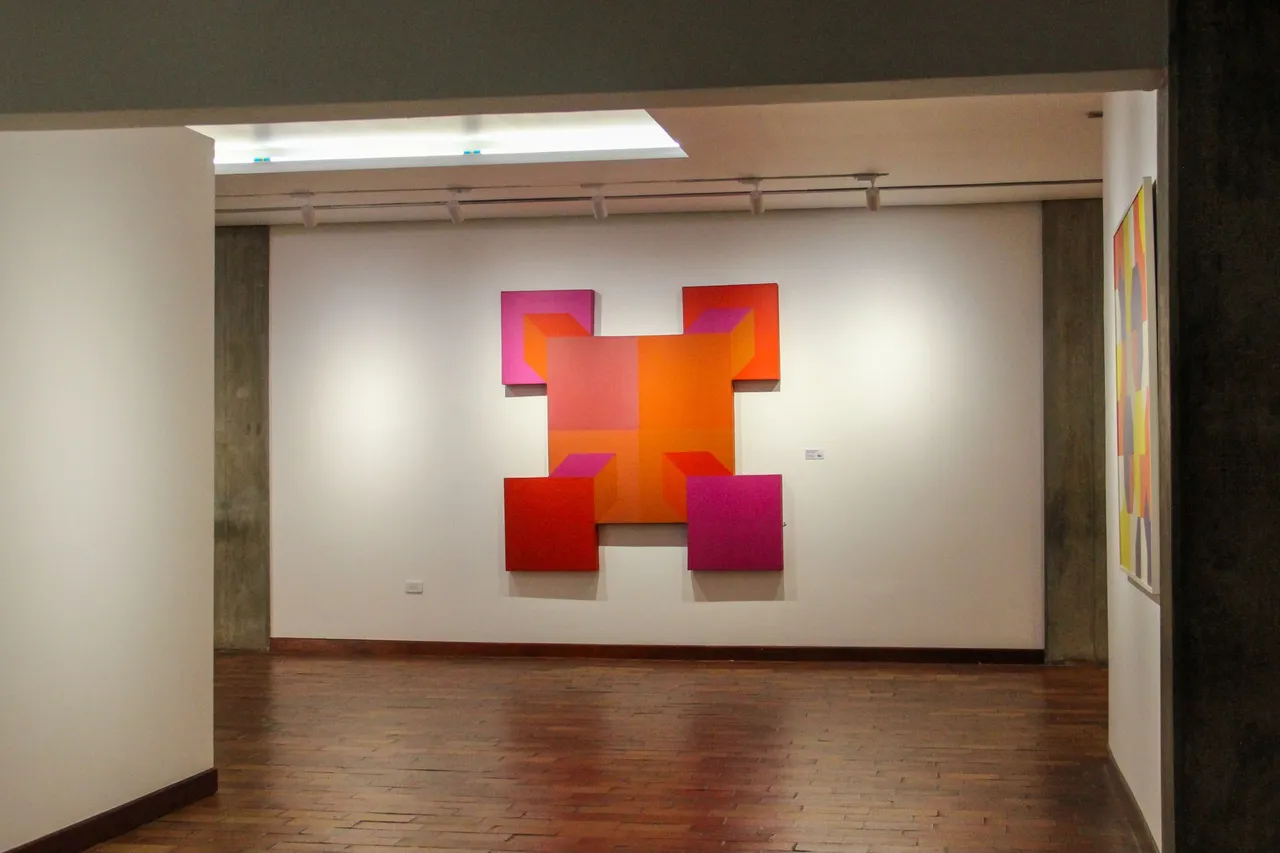

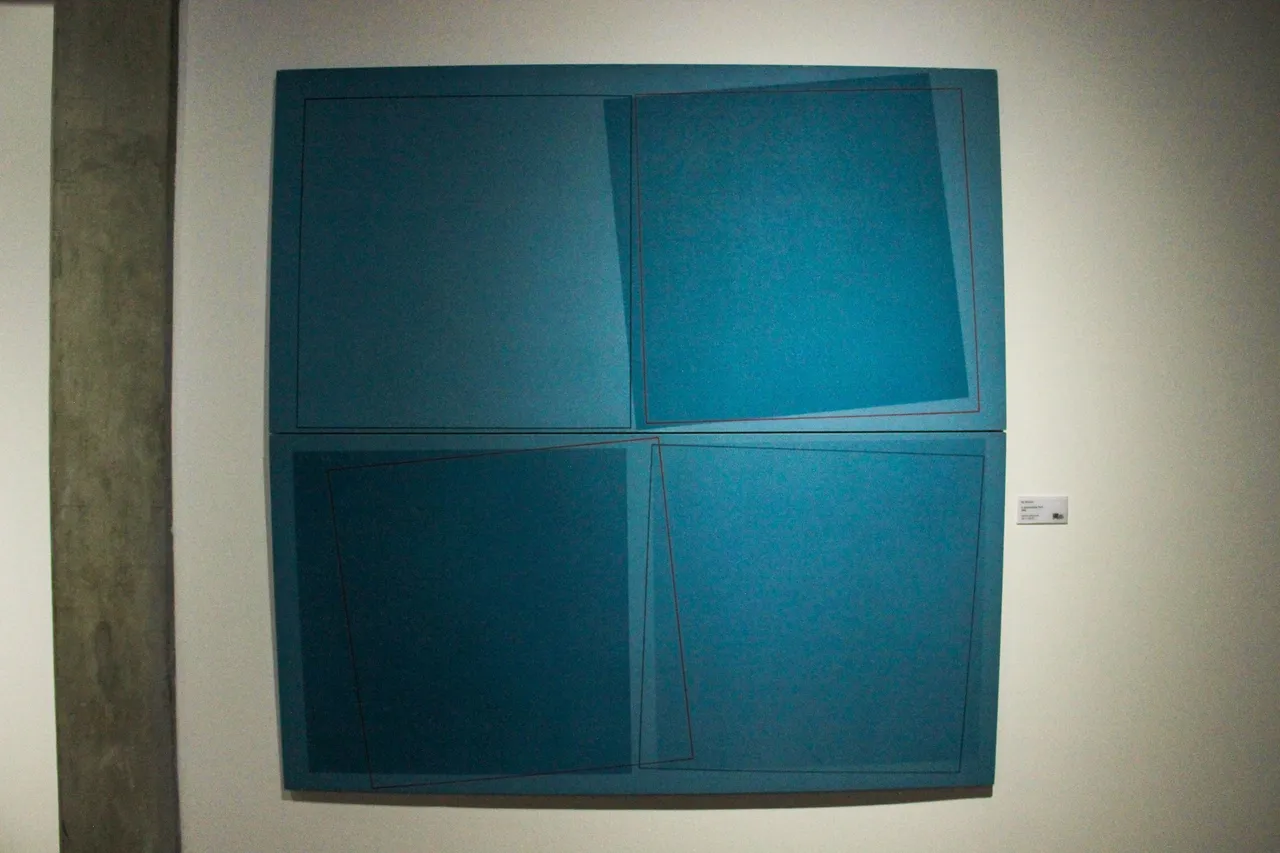
To put into context the imprudence of these installations, we must know that Jesús Soto was a renowned Venezuelan artist born in Ciudad Bolívar. During his lifetime, he developed his kinetic art exhibition, forming part of that movement alongside other Venezuelan artists who have been recognized in the country and also in other countries, especially in Europe. Therefore, Jesús Soto's contribution to Venezuelan art made it possible for this museum to be inaugurated in 1973 with the participation of Carlos Raúl Villanueva, another great exponent of Venezuelan architecture, to work on the architectural design.
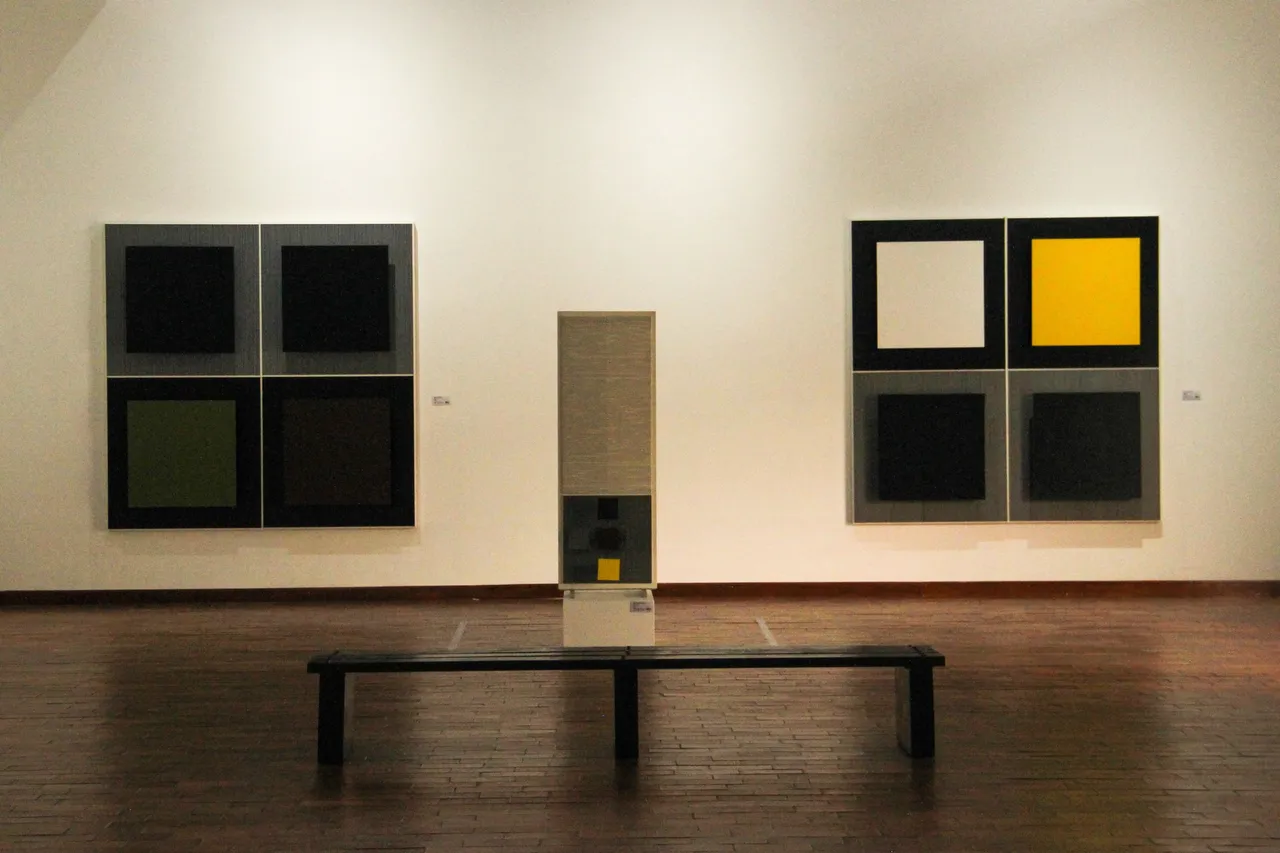
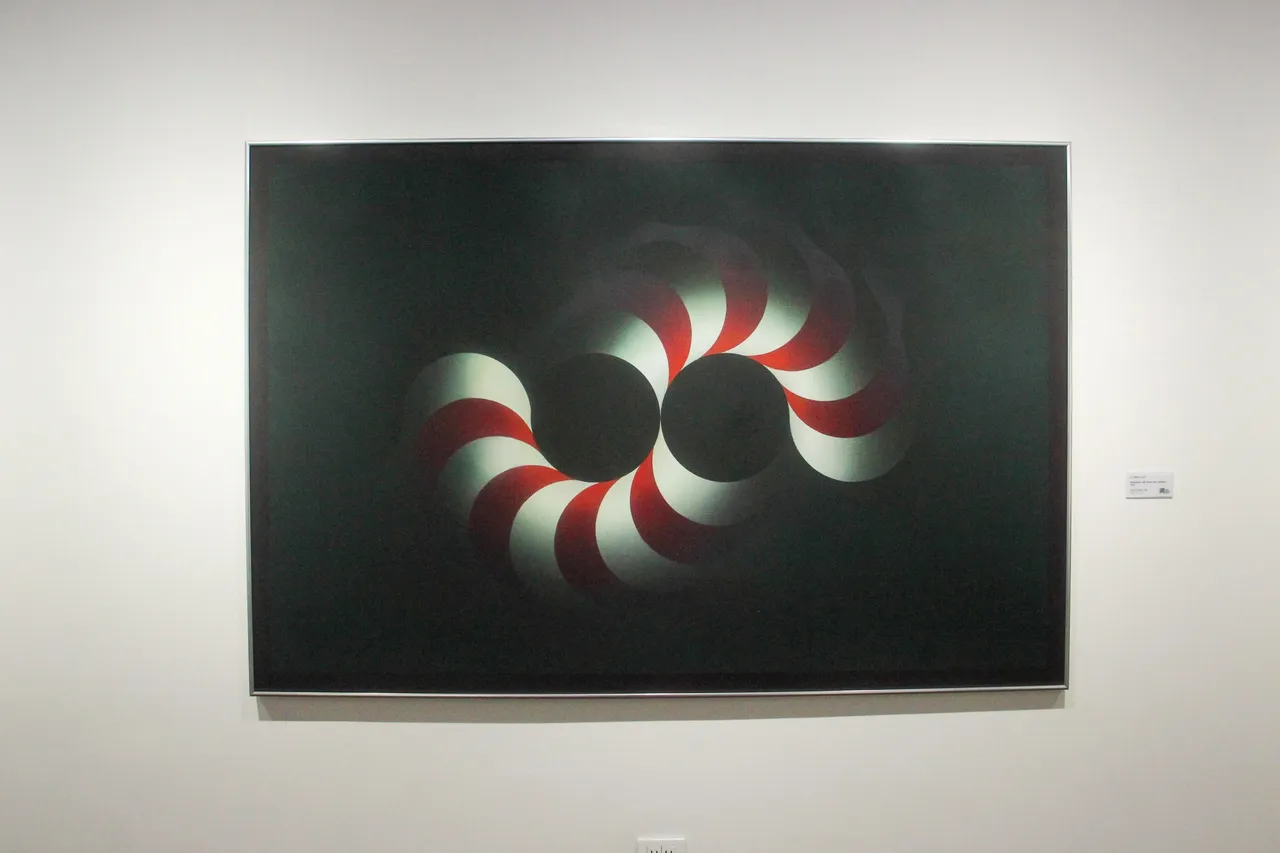
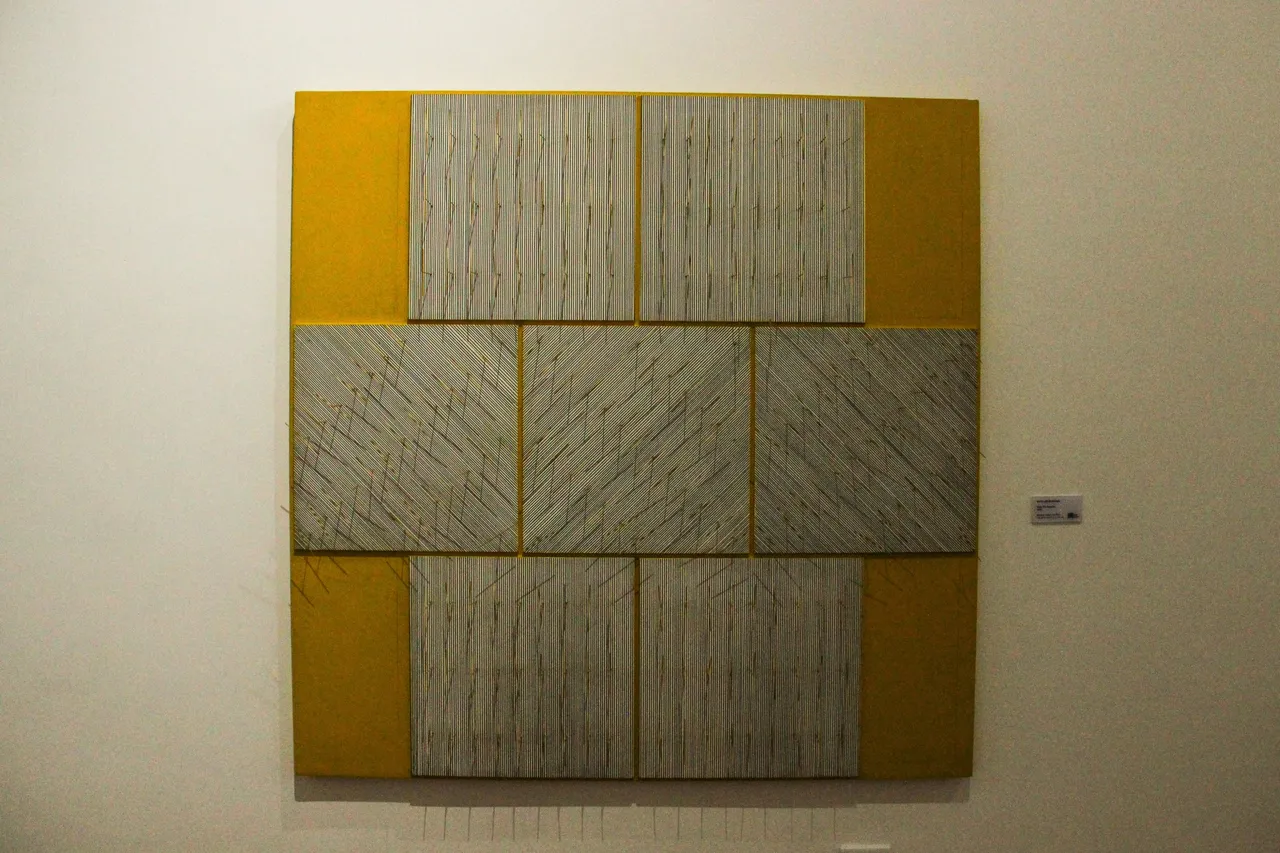
Once you arrive at the museum, which is recognizable from a distance with its very distinctive design and modern feel, admission is completely free, and you can have a person guide you through all the areas or stages of the museum. You'll see more than 700 works donated by Jesús Soto himself. There are also rooms where you can see other works by more than 100 artists, both Venezuelan and international, covering mostly modern art, kinetic art, and a bit of abstract art.
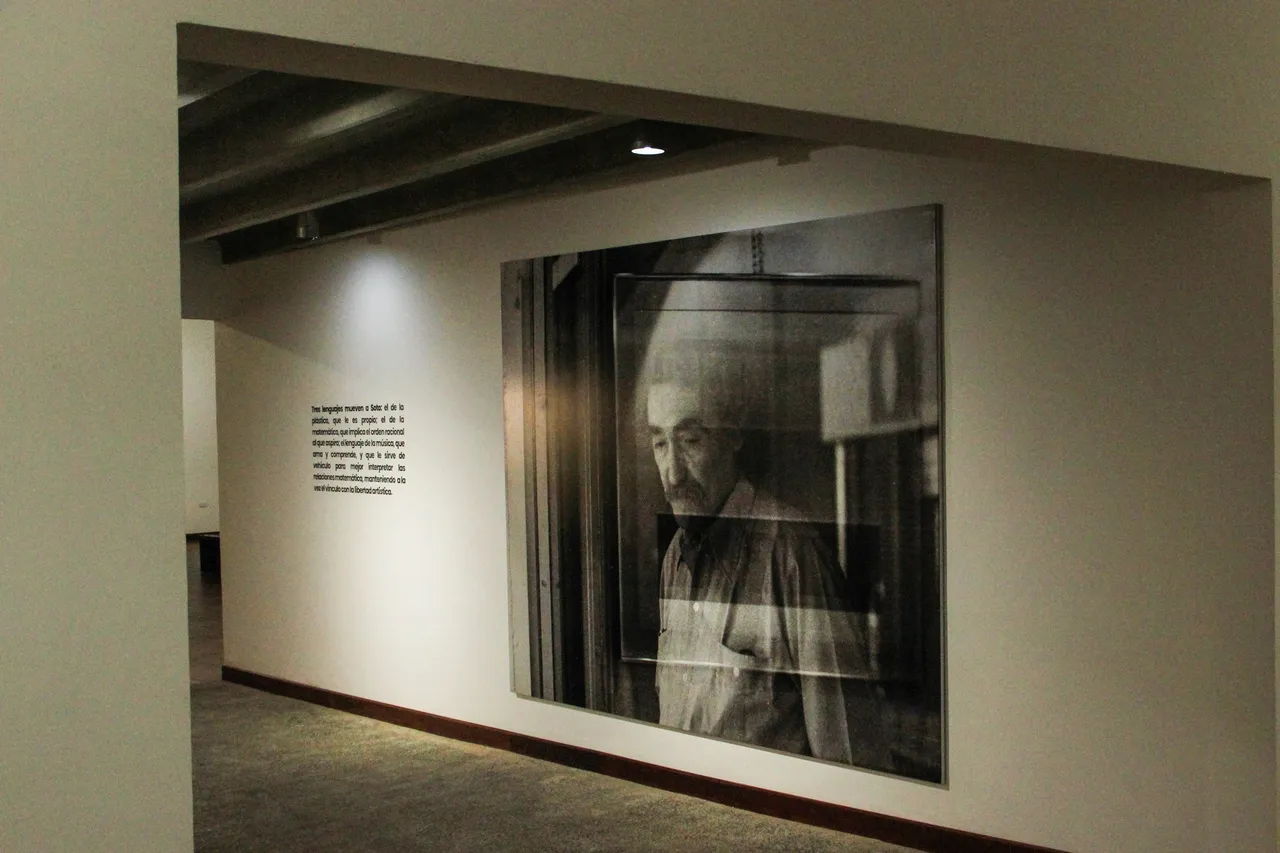
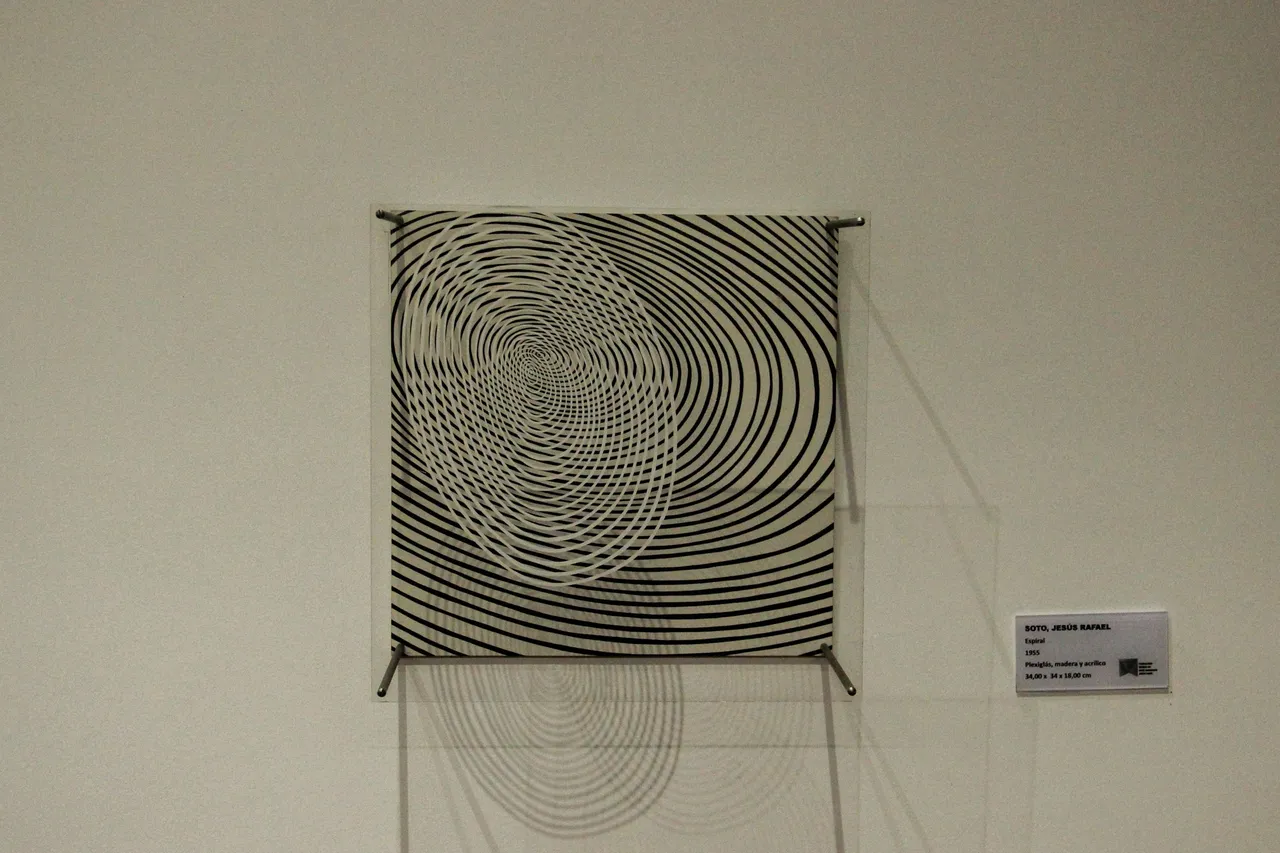
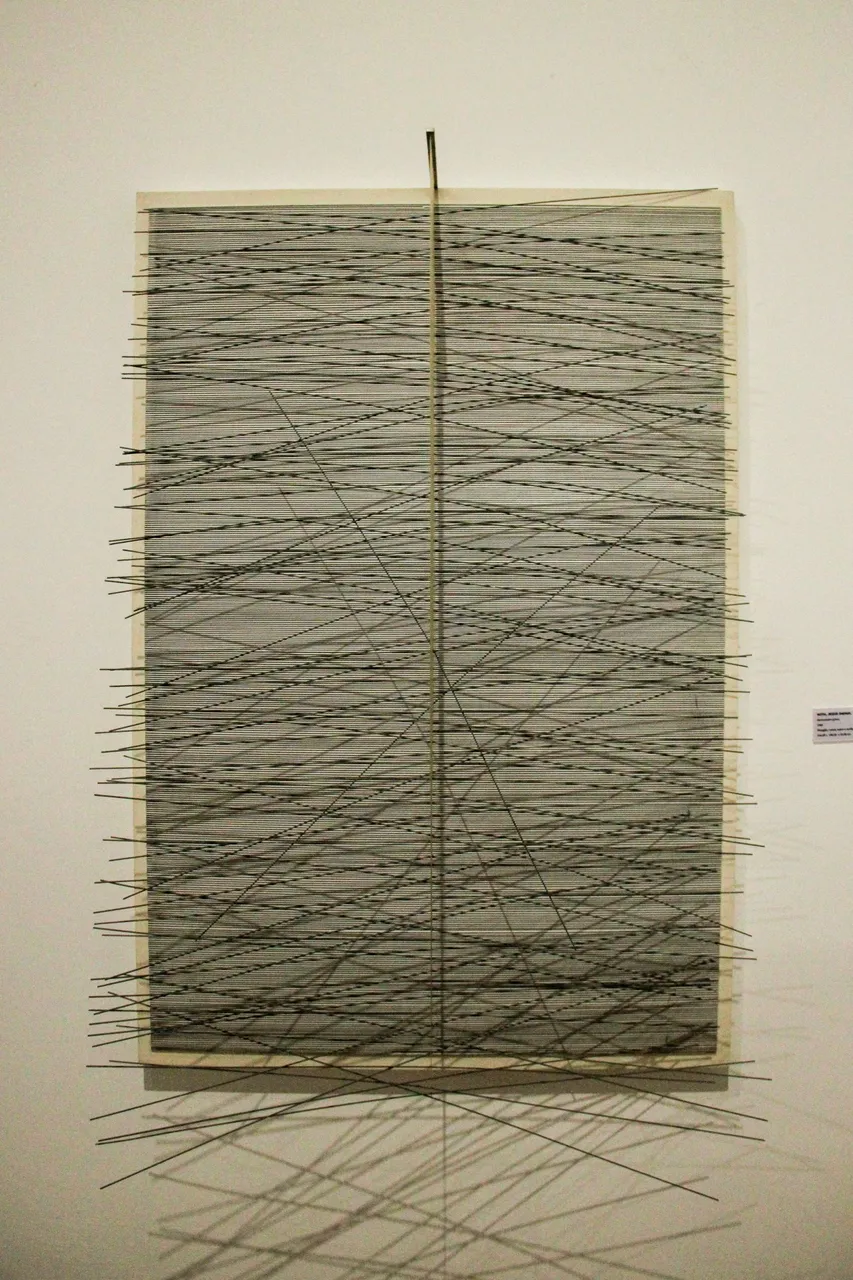
I remember the last time I came to this museum, I was very young. I wasn't aware of what I was seeing until that day, when, a few decades later, I was able to fully appreciate and take photos of many of these works, which hold a very important value in Venezuelan art. In addition, I was able to connect with an artist like Jesús Soto, who sought to create these spaces where we all engage with the works, feeling that we are part of it all—at least that is the goal of kinetic art.
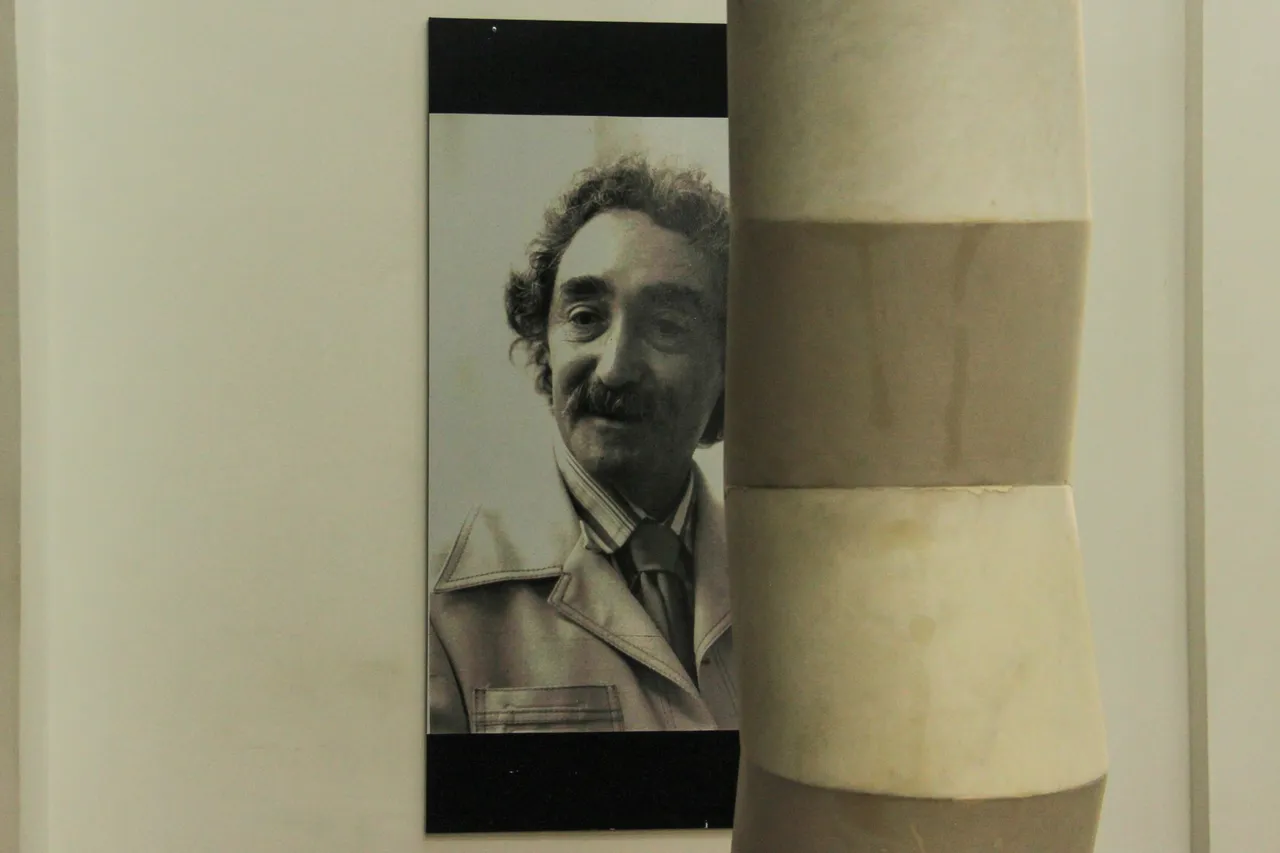
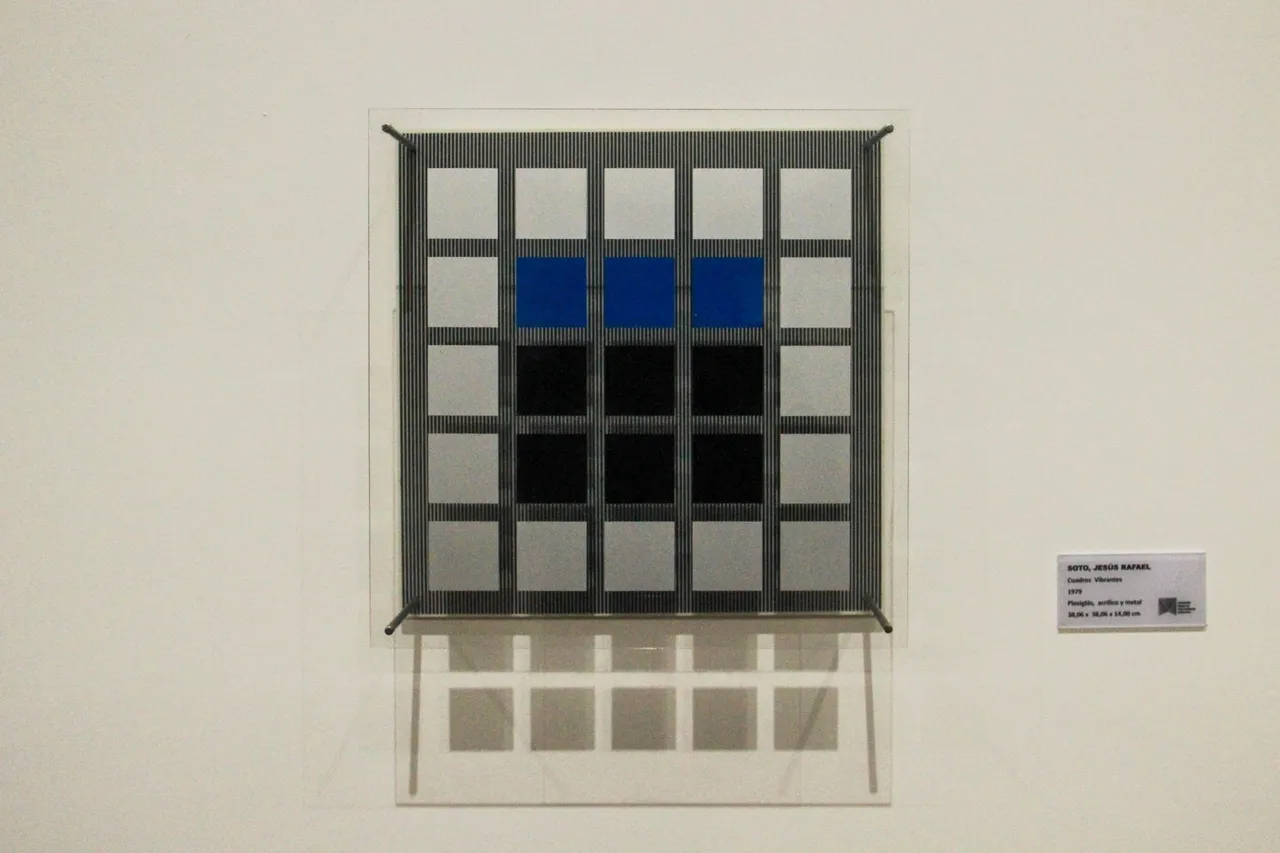
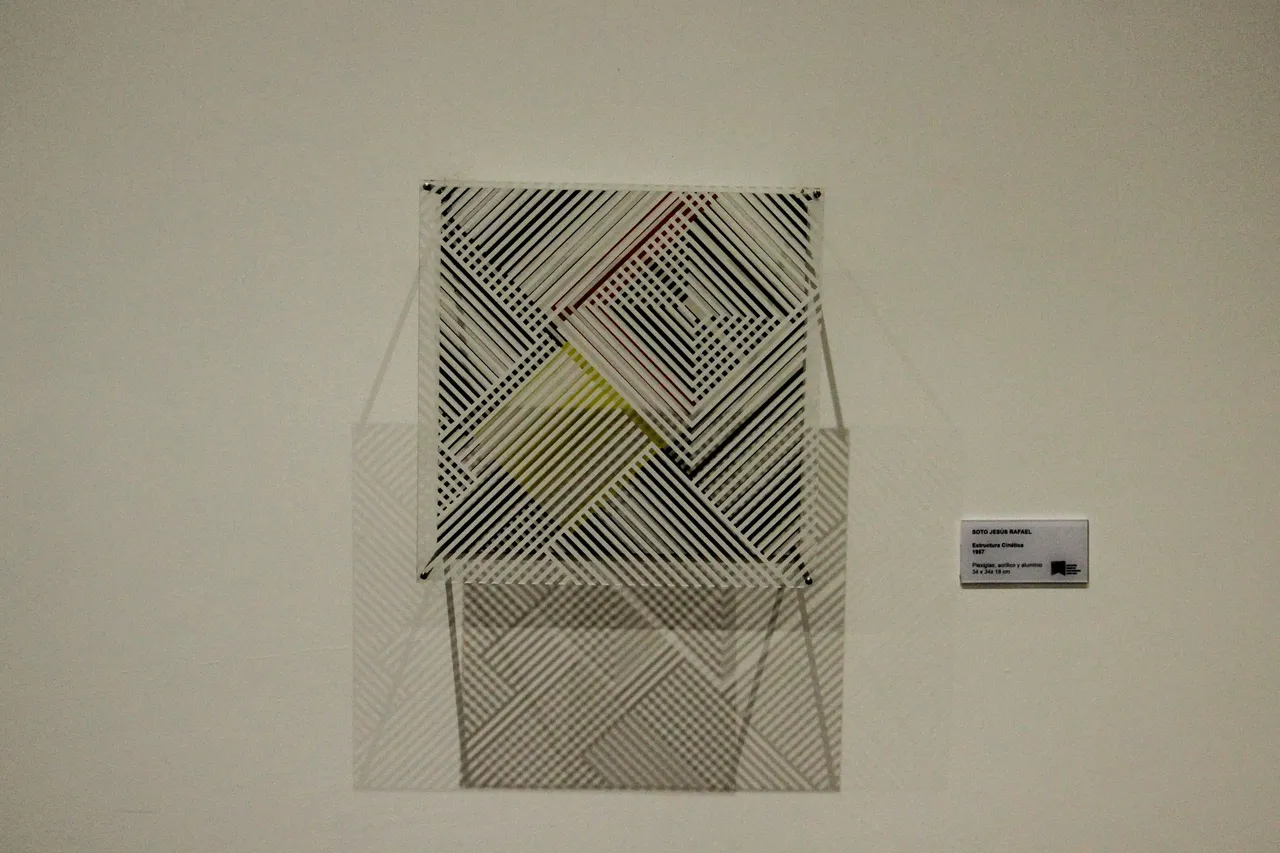
I'm not really an art connoisseur, but I know about some artists and what they contributed to its evolution. My wife knows much more about this field, and I've even learned more, but the simple idea of having a museum like this is absolutely wonderful. It's a place worth visiting to learn more about art and the history that comes with it. It's a gem of the city that we should all keep in mind when visiting Ciudad Bolívar, a city known for its great cultural and historical contribution to Venezuela.
All photographs are mine.
